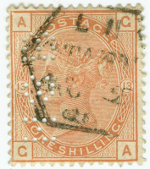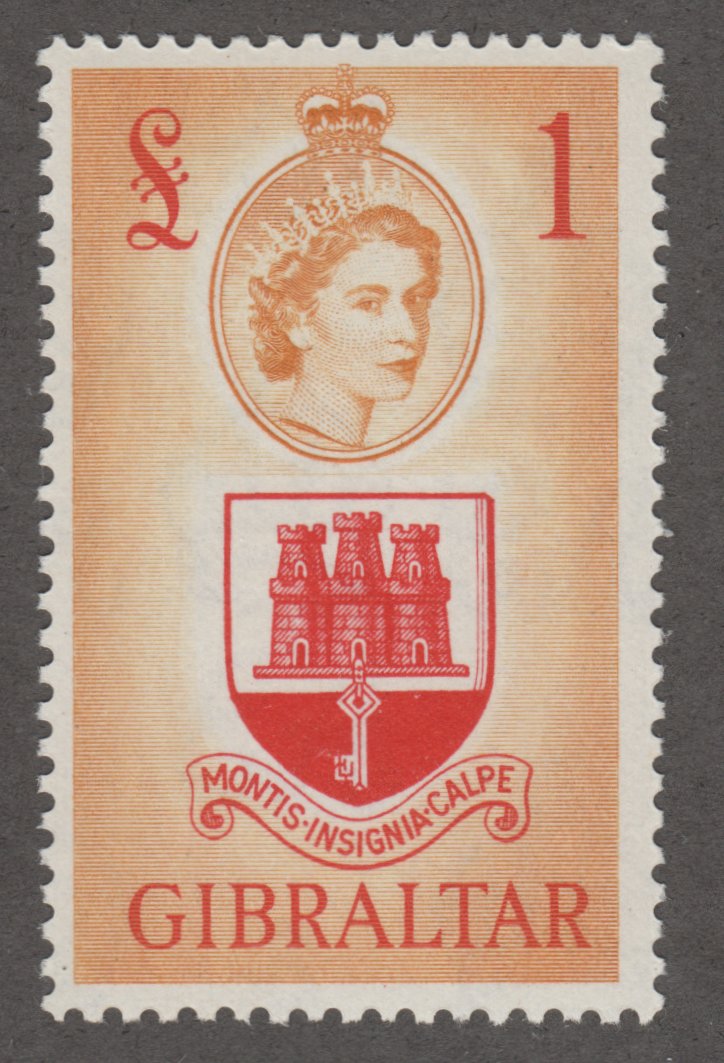
Discussion - Member to Member Sales - Research Center

Discussion - Member to Member Sales - Research Center

It feels a bit overwhelming at this point. I’d love to hear the order or flow of steps others take.
Shannon

1 Member
likes this post.
Login to Like.
Welcome!

Login to Like
this post
I think it must depend on the nature of your collection(s). Unless you aim for an unlimited collection, which would encompass any stamp from any country, then you will set your own limits, for example of period (say stamps from the 1950s), or of theme (say stamps depicting flowers), or issuing authority (say stamps issued by the Russians in Germany just after WW2).
Then you need a list, usually derived from a stamp catalogue, though this can be tricky if you choose a generalised theme, where you may need to make your own list by trawling through a world catalogue. At this point you can check off the stamps you have - you will have, I suggest, soaked off any stamps on piece, though you may prefer to leave them on full envelopes, perhaps depending on how old they are. I have, for example, stock books in which random post-war German stamps are arranged by year, each with a tag showing catalogue number. I also have several envelopes full of stamps from countries I have no interest in at the moment - they are not sorted, though all of them are off-paper.
When I wish to create an album I first make sure I have most of the stamps which will fill it - as you may imagine I concentrate on limited, rather than unlimited albums. I create my own album pages, but if a stamp or set is obviously beyond my means, I merely include a line identifying the stamp(s) and stating that they are not included.
Before mounting sets up on album pages I have them positioned in order on 'Hagner' pages (or similar) - this is the stage directly before the finished album. They are tagged with catalogue number and date of issue, and some space is left if I am still in the process of acquiring sets.
So, the stages I follow are as follows:
1. Soak off all stamps on piece, setting aside those on covers thought worthy of keeping.
2. Keep stamps in stockbooks, with some form of basic arrangement (country, theme). Arrange into sets where necessary.
3. Decide the nature of the collection: limited or unlimited (maybe at this point mint or used).
4. Derive a wants list from a catalogue, to be checked off as acquired.
5. Transfer specific stamps - by now in sets - from stockbooks to Hagner pages, tagging each set and noting where gaps are, and what to do about them.
6. Start buying stamps to fill the gaps!
7. Transfer sets to (in my case) self-designed album pages, duly written up to identify by date of issue, catalogue number, and (usually) research done into the subject of the set and perhaps why it was issued.
In any period of time I will have stamps corresponding to any of the seven points above - for example I have half-a-dozen completed albums, one still in the process of moving from 5 to 7 above, and a lot somewhere between 1 and 2.
That is the way I do it, but I suspect there are as many different ways as there are collectors. The advantage of the 'limited' collection is that sooner or later you have a finished product which is all your own work as regards acquisition, research and display. The advantage of the 'unlimited' collection (and there are many on this forum, I think, who collect like this) is that there is always something else to collect.
I wonder if that helps you. I hope so!

2 Members
like this post.
Login to Like.
Hi everyone. I’m returning to this hobby after a couple of years off. I’ve just started going through all the stamps I have that aren’t in albums yet. Right now, I’ve decided to just go back to my Canadian and US albums. I’ve got some on paper and some off, some sorted into groups according to country or topic and others that are still in bulk form. Some are in order by Scott #, some are grouped by face value. I’m wondering what process people use when receiving their bulk stamps to get them to the point where you are putting them into your album? It feels like I’m starting from the beginning again. Do you group them first, then sort into on paper/off paper? When do you take them off the paper? When in your process do you check them against ones already in your albums? How do you keep track of ones you still need or would like?
It feels a bit overwhelming at this point. I’d love to hear the order or flow of steps others take.
Shannon

1 Member
likes this post.
Login to Like.

re: Back at it again
Welcome!

Login to Like
this post

re: Back at it again
I think it must depend on the nature of your collection(s). Unless you aim for an unlimited collection, which would encompass any stamp from any country, then you will set your own limits, for example of period (say stamps from the 1950s), or of theme (say stamps depicting flowers), or issuing authority (say stamps issued by the Russians in Germany just after WW2).
Then you need a list, usually derived from a stamp catalogue, though this can be tricky if you choose a generalised theme, where you may need to make your own list by trawling through a world catalogue. At this point you can check off the stamps you have - you will have, I suggest, soaked off any stamps on piece, though you may prefer to leave them on full envelopes, perhaps depending on how old they are. I have, for example, stock books in which random post-war German stamps are arranged by year, each with a tag showing catalogue number. I also have several envelopes full of stamps from countries I have no interest in at the moment - they are not sorted, though all of them are off-paper.
When I wish to create an album I first make sure I have most of the stamps which will fill it - as you may imagine I concentrate on limited, rather than unlimited albums. I create my own album pages, but if a stamp or set is obviously beyond my means, I merely include a line identifying the stamp(s) and stating that they are not included.
Before mounting sets up on album pages I have them positioned in order on 'Hagner' pages (or similar) - this is the stage directly before the finished album. They are tagged with catalogue number and date of issue, and some space is left if I am still in the process of acquiring sets.
So, the stages I follow are as follows:
1. Soak off all stamps on piece, setting aside those on covers thought worthy of keeping.
2. Keep stamps in stockbooks, with some form of basic arrangement (country, theme). Arrange into sets where necessary.
3. Decide the nature of the collection: limited or unlimited (maybe at this point mint or used).
4. Derive a wants list from a catalogue, to be checked off as acquired.
5. Transfer specific stamps - by now in sets - from stockbooks to Hagner pages, tagging each set and noting where gaps are, and what to do about them.
6. Start buying stamps to fill the gaps!
7. Transfer sets to (in my case) self-designed album pages, duly written up to identify by date of issue, catalogue number, and (usually) research done into the subject of the set and perhaps why it was issued.
In any period of time I will have stamps corresponding to any of the seven points above - for example I have half-a-dozen completed albums, one still in the process of moving from 5 to 7 above, and a lot somewhere between 1 and 2.
That is the way I do it, but I suspect there are as many different ways as there are collectors. The advantage of the 'limited' collection is that sooner or later you have a finished product which is all your own work as regards acquisition, research and display. The advantage of the 'unlimited' collection (and there are many on this forum, I think, who collect like this) is that there is always something else to collect.
I wonder if that helps you. I hope so!

2 Members
like this post.
Login to Like.

